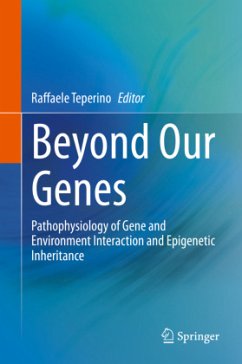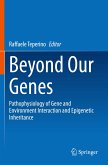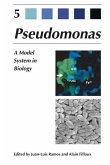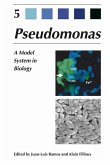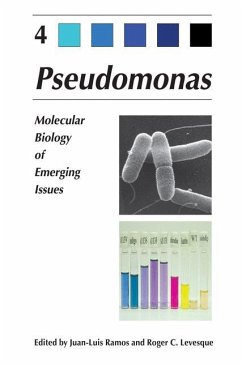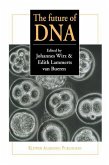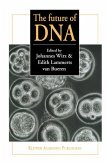The genotype/phenotype dichotomy is being slowly replaced by a more complex relationship whereby the majority of phenotypes arise from interactions between one's genotype and the environment in which one lives. Interestingly, it seems that not only our lives, but also our ancestors' lives, determine how we look.
This newly recognized form of inheritance is known as (epi)genetic, as it involves an additional layer of information on top of the one encoded by the genes. Its discovery has constituted one of the biggest paradigm shifts in biology in recent years. Understanding epigenetic factors may help explain the pathogenesis of several complex human diseases (such as diabetes, obesity and cancer) and provide alternative paths for disease prevention, management and therapy.
This book introduces the reader to the importance of the environment for our own health and the health of our descendants, sheds light on the current knowledge on epigenetic inheritance and opens a window to future developments in the field.
This newly recognized form of inheritance is known as (epi)genetic, as it involves an additional layer of information on top of the one encoded by the genes. Its discovery has constituted one of the biggest paradigm shifts in biology in recent years. Understanding epigenetic factors may help explain the pathogenesis of several complex human diseases (such as diabetes, obesity and cancer) and provide alternative paths for disease prevention, management and therapy.
This book introduces the reader to the importance of the environment for our own health and the health of our descendants, sheds light on the current knowledge on epigenetic inheritance and opens a window to future developments in the field.

